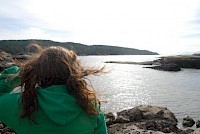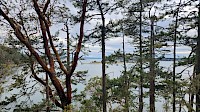BC Parks Foundation
A Leap of Nature: Celebrating BC's Wildflowers
August 28, 2024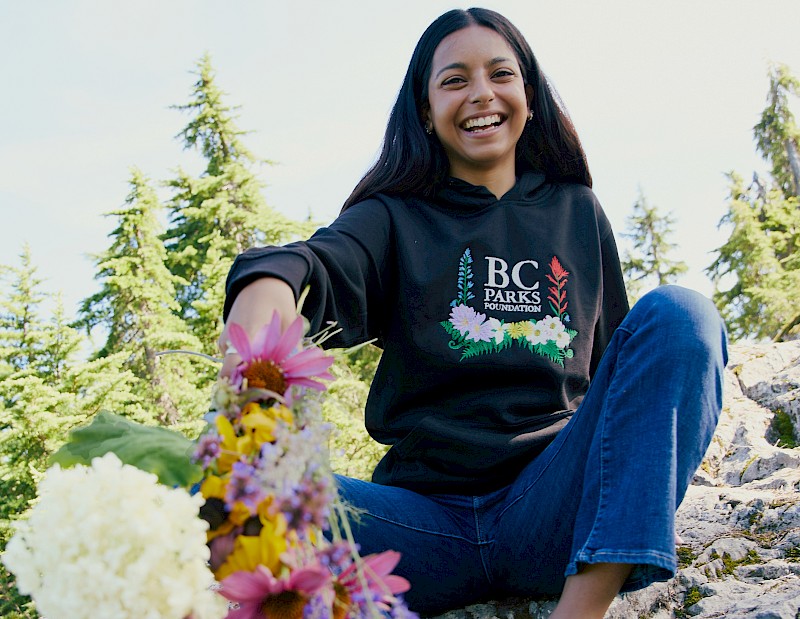
A Leap of Nature: Celebrating BC's Wildflowers
In 1882, as famed evolutionary biologist Charles Darwin was nearing the end of his life, he wrote to friends and colleagues about a group of species that continued to to challenge his theory of evolution: flowers.
“The abominable mystery," he called them, for how—relative to other plant and animal species—they seemed to appear suddenly on the fossil record and diversify more rapidly than any organism, poking holes through one of his core concepts of natural selection: natura non facit saltum. Nature makes no leap.
A century and a half later, despite significant advances in our understanding, the mystery for exactly how flowers evolved persists. As does the beguiling nature of flowers, whose beauty and ecological value enchant scientists, artists, and nature lovers alike.
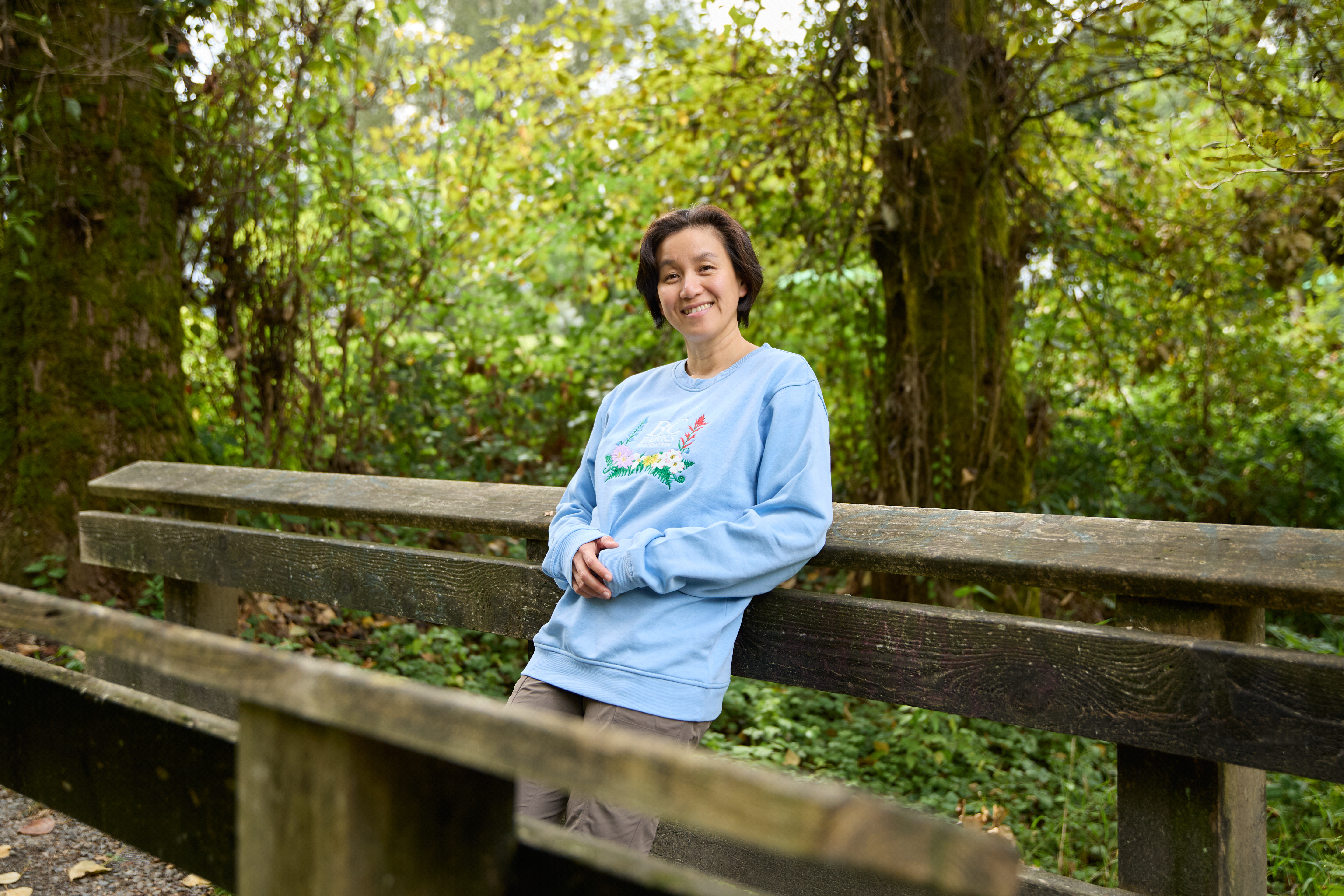
In an interview with Dr. Tse-Lynn Loh, BC Parks Foundation’s Manager of Land Stewardship, we celebrate BC’s wildflowers, and how the remarkable evolutionary adaptations made by these and all species help our ecosystems thrive.
To support efforts to protect them, we also introduce new apparel, dedicated to the adventurers, dreamers, and stewards of nature who live to celebrate and protect the beauty—and stamina—of these beautiful species.
A Riot of Colour
“As a park lover, one of the best things to witness are the seasonal changes in our native flowers,” says Dr. Tse-Lynn Loh, Manager of Land Stewardship for BC Parks Foundation.
She describes the process: in late winter, in the coastal lowlands, the first native flowers appear, followed by bursts of bright blossoms in spring, and then the richer hues decorating alpine meadows over summer and fall.
“This pattern provides a constant source of food for the pollinators,” Tse-Lynn shares, “and then, as we get into autumn, food for wildlife, along with this continuous riot of colour. It's amazing.”

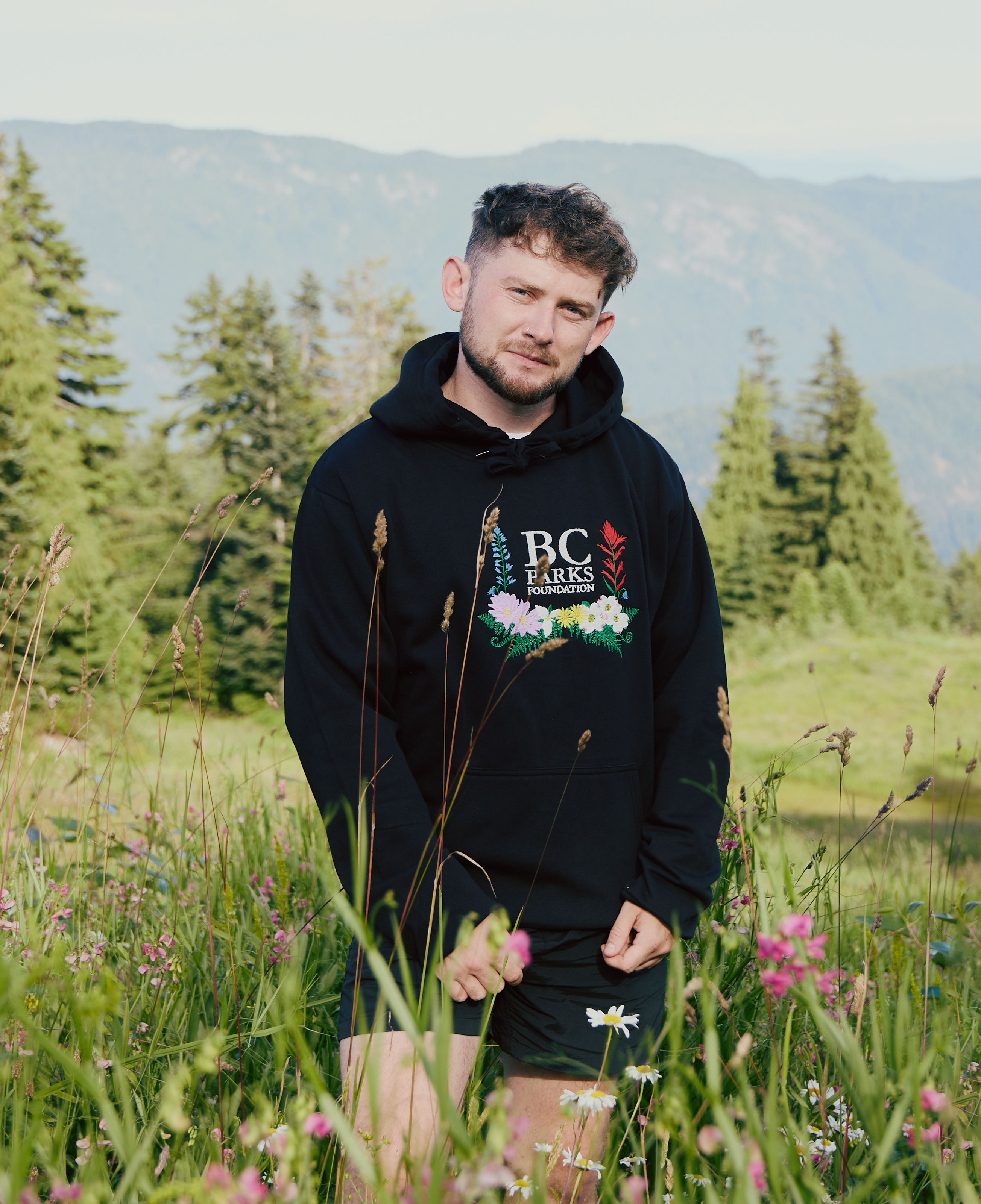
Number One Love
“From the beginning, my number one love was ecology,” says Tse-Lynn. “To see how everything on the planet interacts as one giant and whole system.”
She spent much of her childhood in Malaysia, living near the mangrove forest, whose remarkable trees are famous for their aerial roots that arch above the ground and water.
As she caught fish in the waterways, observed extraordinary insects, picked fresh fruit from trees, her curiosity grew: “Who are all these organisms?” she asked. “What are they doing? How do they interact with each other?” These are questions she pursues to this day.
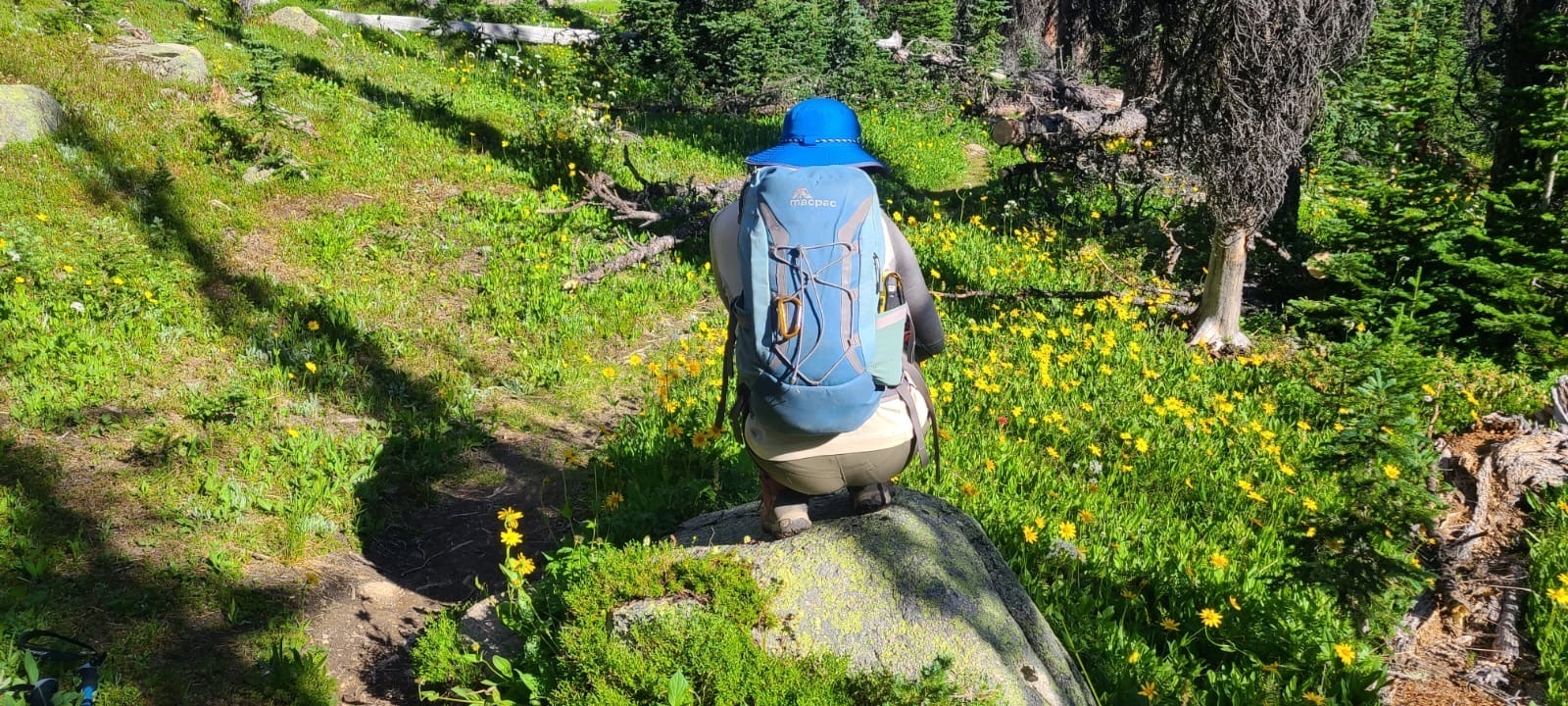
“And the answers just get better and better,” she says. “And so much more interesting than I ever could have imagined.”
Take the co-evolution of flowers and pollinators, for example. Like the nectar guides—landing strips for bees—that developed on foxgloves. Or devious orchids disguising themselves as female wasps to trap unsuspecting males. Or choosy heliconias, only sharing their nectar with hummingbirds, whose long beaks and tongues fit perfectly inside their tubular bracts.
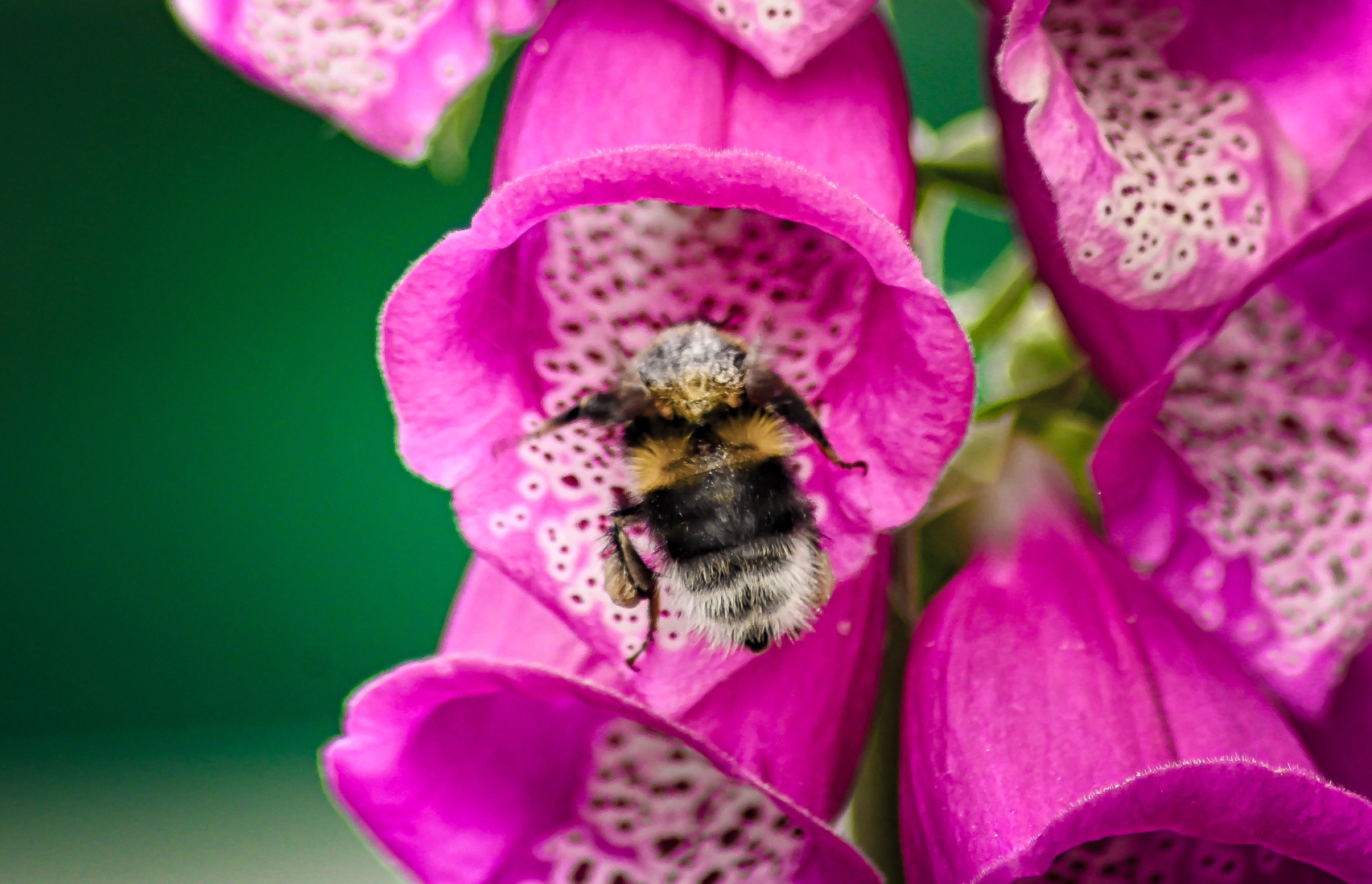
“It's so wonderful, how these species and processes have evolved together over millions of years,” says Tse-Lynn. “And the thought that they could go extinct, or that whole forests can be removed, in just a few days? Well, that’s just really hard to bear.”
It’s why today she focuses her efforts on conservation and stewardship at BC Parks Foundation.
“The wildflowers deserve to be here, like all species,” says Tse-Lynn. “For everything they’ve endured, for all their remarkable adaptations, for making it to where they are today—they deserve to be here. We need to do everything we can to protect them.”
Go Wild. All proceeds from your purchase of our Wildflower Collection will go towards protecting biodiverse lands across BC.
Love this? For more inspiring stories about conservation wins, community efforts, and ways you can help protect nature, subscribe to our newsletter today.
Similar Stories
“BC's parks are living arks.
”
